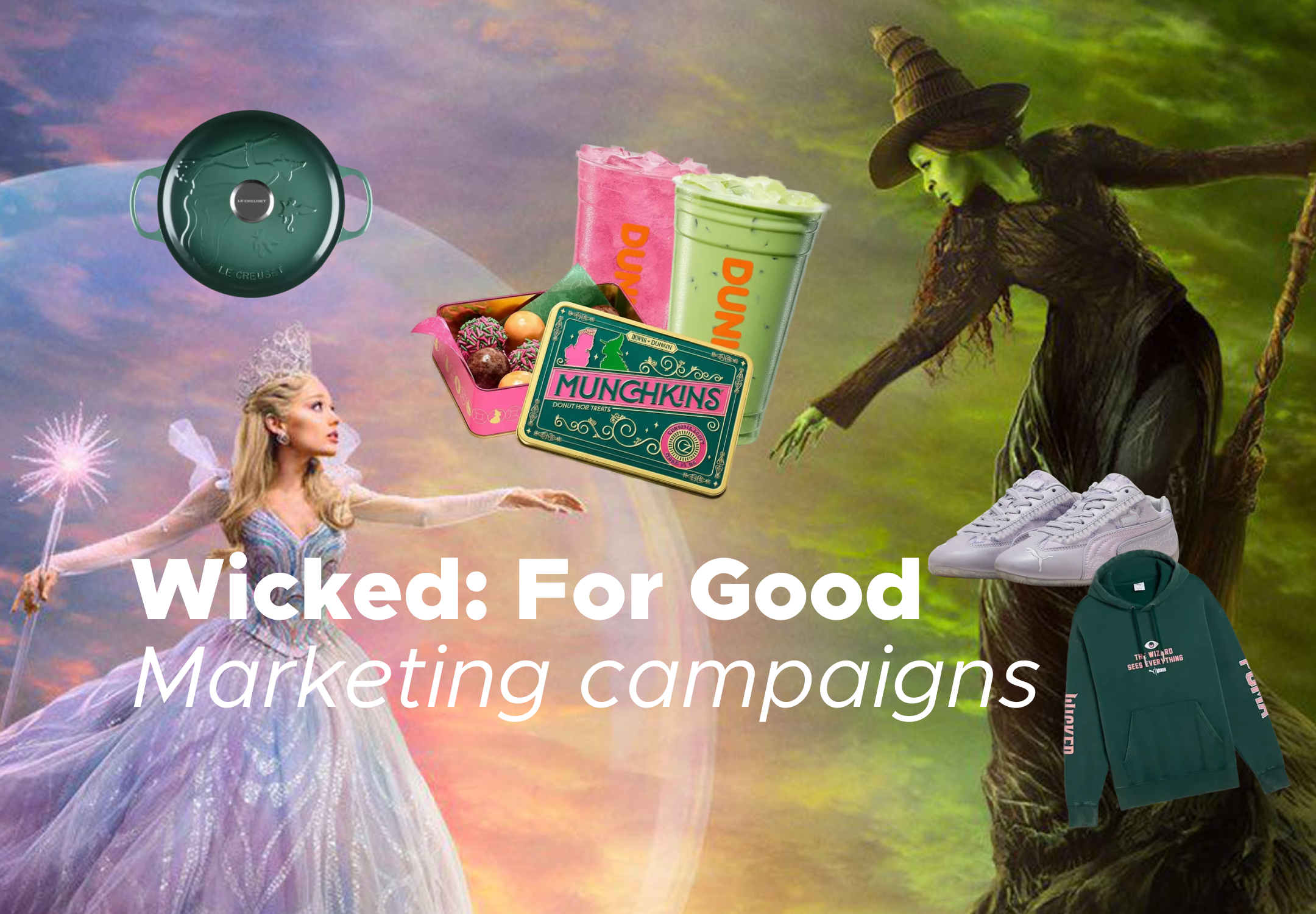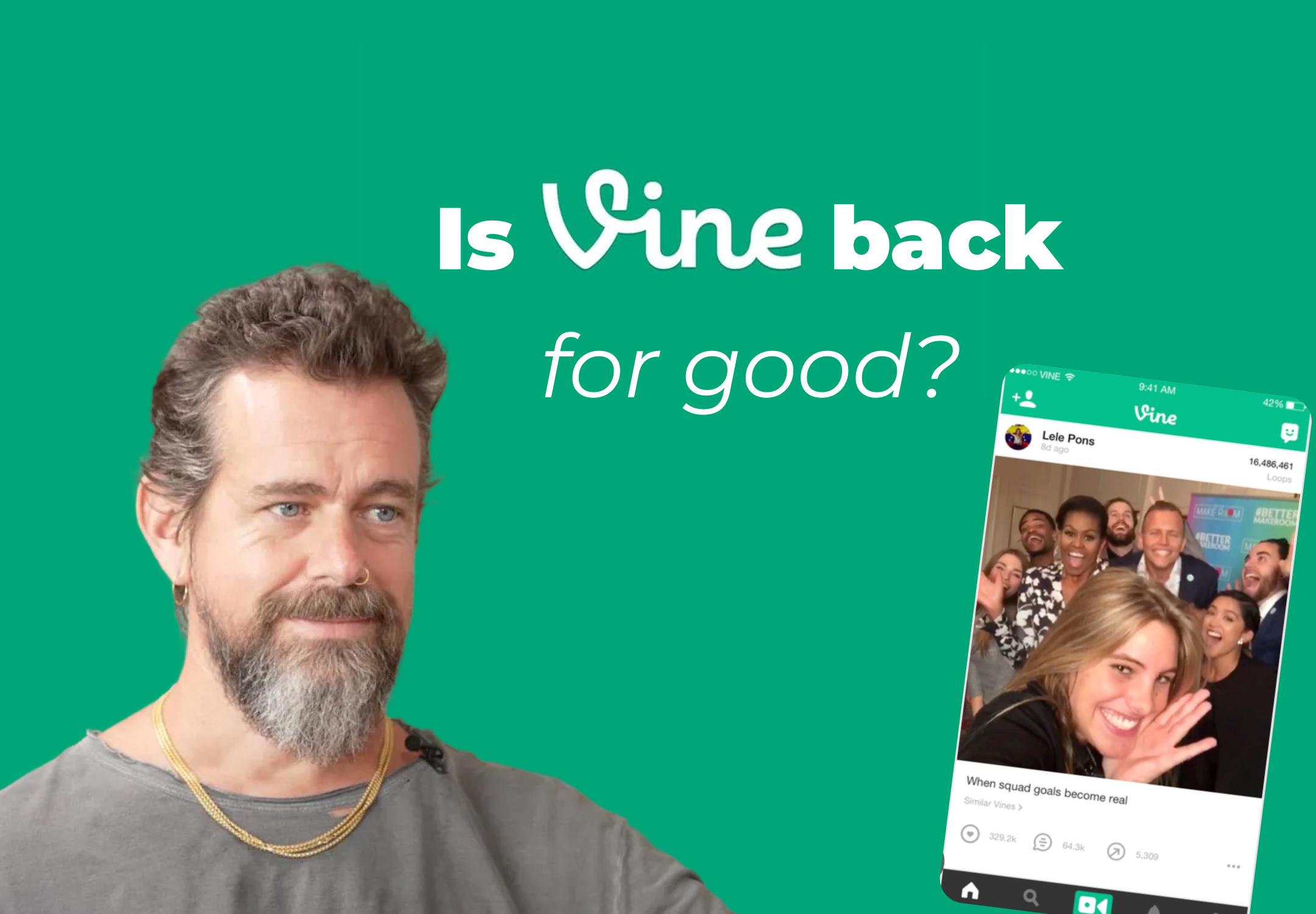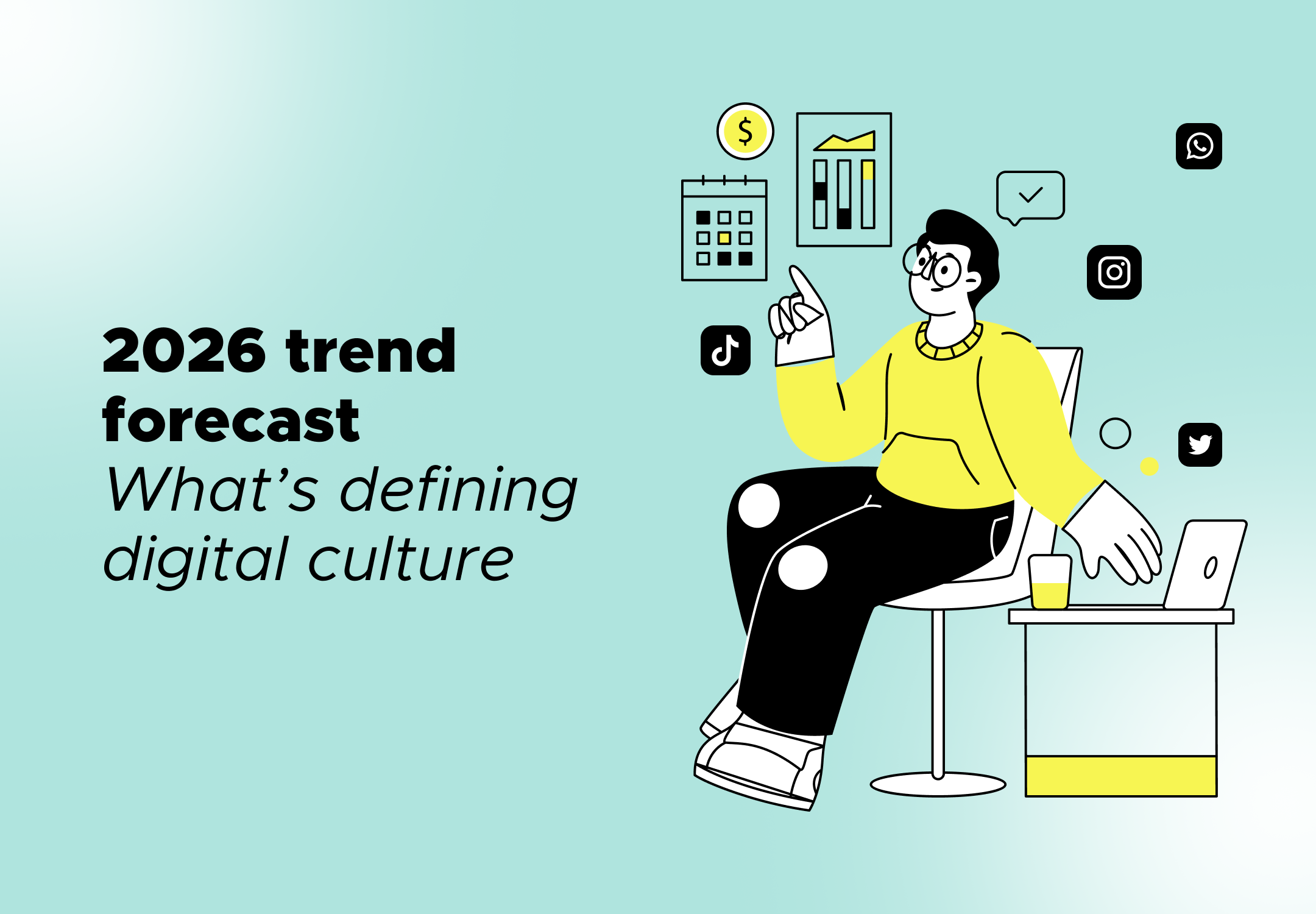Creator economy 2026: The industries with the biggest growth potential
The creator economy is projected to nearly double from $250 billion to $500 billion by 2027 according to Goldman Sachs and IAB research, making it one of the fastest-growing sectors for brand investment. Understanding which industries offer the highest ROI for creator partnerships will define successful marketing strategies in 2026.
November 19, 2025

The creator economy is on fire right now. We’re talking about a market that’s sitting at around $250 billion and expected to nearly double to somewhere between $480-500 billion by 2027. That’s a growth rate of 22-26% annually, which makes it one of the most impactful sectors for marketing investment. If your brand is trying to figure out where to allocate creator marketing budgets in 2026, understanding which industries are experiencing explosive growth matters more than ever. From educational content and wellness to social commerce and AI tools, the landscape is shifting fast, and the smart brands are ahead of the trends as they plan upcoming investments and partnerships.
Digital education and online learning: The knowledge goldmine
Education content is absolutely crushing it right now, and it’s only getting bigger. The digital education market was worth $26 billion in 2024, but it’s projected to hit $133.7 billion by 2030. That’s 31% annual growth, which is insane for brands looking to partner with educational creators. What makes this sector so attractive? Educational creators typically see profit margins between 70-90%, meaning they’re building sustainable businesses that aren’t dependent on volatile brand deals alone.
The hottest niches are STEM subjects, language learning, test prep, professional skills, and wellness education. But here’s the thing: the trend is shifting toward micro-learning and bite-sized content that audiences actually finish. For brands, this means working with creators who can deliver concise, high-value content that solves specific problems. These partnerships tend to perform better because they align with how modern consumers actually want to learn.
Health, wellness, and fitness: The holistic revolution
If your brand operates anywhere near health and wellness, you’re sitting on a goldmine of partnership opportunities. The global wellness economy hit $6.3 trillion in 2023, and the fitness industry alone is expected to reach $278 billion in 2026, growing at nearly 8% per year. But the real action is in digital fitness, where apps are projected to pull in $14.7 billion by 2026.
The online fitness space is exploding even faster, growing at 33% annually and heading toward $59.23 billion by 2027. Brands that partner with fitness creators who can deliver engaging digital content are seeing strong ROI through integrated campaigns, product placements, and co-created content. And it’s not just about workouts anymore. Mental health and mindfulness content continues to gain traction, reflecting Gen Z’s genuine prioritization of wellbeing and their expectation that brands engage authentically with these topics. With meditation apps seeing double-digit growth, it is clear that consumers want holistic solutions, which means brands need to think beyond traditional fitness sponsorships.
Social commerce and influencer marketing: The relationship economy
Influencer marketing has evolved, too – and it’s matured: The industry reached $32.55 billion in 2025 according to Influencer Marketing Hub, representing more than a three-fold increase since 2019 and a remarkable 35.6% year-over-year growth. But here’s what’s changing for brands: The real ROI in 2026 isn’t coming from traditional sponsored posts anymore. It’s in authentic partnerships and social commerce integration, which Goldman Sachs says will hit $2 trillion by 2026 with a 25% growth rate.
Brands are finally getting smarter about how they work with creators. According to insights from Cannes Lions 2025, which has gained relevance in the conversation since the board revoked DM9’s Grand Prix over AI fakery in a campaign video, sparking resignations and setting new standards for creative integrity and AI ethics, 95% of marketers are keeping or increasing their creator budgets, but they’re looking for real collaboration, not just one-off posts. Micro-influencers are delivering outsized returns right now because their smaller, engaged audiences often convert better than massive but disconnected followings.
For brands, this means rethinking partnership strategies to prioritize depth over reach and bringing creators into the creative process earlier.
Content platforms and subscription models: Connecting to your audience
Smart creators are ditching the algorithm game and building their own platforms, which changes everything for brand partnerships. The subscription video market is growing by $19 billion between 2023 and 2029 to reach $127 billion, and streaming content revenues are heading toward $215 billion by 2029. This shift represents a fundamental change in how brands should approach creator collaborations.
Platform payouts remain quite low, compared to profits creators and brands can equally benefit from through paid activations and partnerships. Both, savvy creators and brands, are building their own subscription sites, membership communities, and apps instead. This creates new partnership opportunities beyond traditional social media posts. Think integrated sponsorships within subscription content, co-branded community experiences, and long-term ambassadorships that go deeper – while maintaining strong ties to highly engaged social communities that drive discovery and access.
AI-powered content and automation: The productivity revolution
AI is reshaping creator partnerships. The AI market is exploding – from $87 billion in 2024 to a projected $647 billion by 2030, growing nearly 40% annually, according to Statista. Creators using AI spend 30% less time on production, enabling more content across platforms, Adobe research shows. The challenge: With 76% of creators now using AI (Adobe), generic content floods feeds. Value is shifting toward creators who use AI for efficiency while maintaining authentic perspectives. Brands must look beyond volume to find creators who blend AI productivity with human creativity that resonates.
AI removes production barriers, not storytelling. Algorithms reveal what works; AI handles execution – reformatting videos, adapting captions, testing thumbnails. This shifts output from 3 hero pieces monthly to 15 narrative angles across formats. The creative work – identifying stories, crafting voice, understanding context – remains human.
AI adoption is itself a brand statement. The question isn’t whether to use it – it’s how transparently you do so.
Gaming, entertainment, and live streaming: The engagement economy
Live streaming represents massive opportunities for brands willing to think beyond traditional advertising. The video streaming market is heading toward $416.84 billion by 2030, and interactive content gets 52.6% more engagement than static posts. Live streaming opens up innovative sponsorship models: branded segments within streams, product integrations, virtual events, and real-time audience interaction that traditional content can’t match.

Re-establishing The North Face in cultural spaces through streaming
Our primary objective in partnering with The North Face was to engage top UK talent who could authentically champion the brand’s core values – durability, resilience, and progression – across social media and through real-world activations. We aimed to reconnect The North Face with the cultural spaces where it initially built its influence by tapping into Gen Z’s lived experiences and the brand’s roots in street culture, using music talent to spearhead this narrative.
Our ongoing strategy centers on connecting with three influential figures in UK music culture. DJ AG, one of our initial talents, was a perfect fit for this campaign. His significant influence within the street culture community and his unique livestream format, which spotlights emerging artists and attracts thousands of daily viewers, made him an ideal collaborator. Critically, DJ AG naturally integrates The North Face into his “in-any-weather” livestreams, ensuring the partnership feels genuine and unforced – a connection we are proud to have facilitated.
See more of our success cases here.
Asia-Pacific is where the fastest growth is happening, with over 20% annual increases thanks to rising internet penetration. Here’s a wild stat for global brands: in the past year, 60% of creator revenue came from international subscribers. That means creator partnerships aren’t limited by geography anymore, offering brands access to global audiences through localized creator relationships.
Maximizing creator partnerships for 2026 and beyond
The creator economy rewards brands that combine authentic partnerships with strategic investment. The winning approach for 2026 involves identifying high-growth industries that align with your brand values, building owned relationships with creators rather than transactional campaigns, diversifying across multiple creator partnerships and content formats, and measuring success beyond vanity metrics to focus on genuine engagement and conversion.
These industries represent where the biggest opportunities are for meaningful creator partnerships, but success comes down to execution. Whether you’re working with educational creators, wellness influencers, subscription community builders, or entertainment streamers, the basics stay the same: deliver genuine value through partnerships, build long-term relationships instead of one-off deals, and integrate creators authentically into your marketing strategy. The creator economy growing from $250 billion to nearly $500 billion by 2027 is one of the biggest marketing shifts happening right now. For brands willing to invest strategically in creator partnerships, 2026 offers unprecedented opportunities to connect with audiences in ways traditional advertising simply can’t match.
Latest News ☕

How ‘Wicked: For Good’ transformed brand collaboration
November 20, 2025
Universal Pictures' Wicked franchise didn't just break box office records with $700 millio...

Vine revival 2025: Jack Dorsey’s diVine brings back 100,000 clips
November 17, 2025
Twitter founder and tech entrepreneur Jack Dorsey funds Vine revival as diVine in 2025, br...

2026 trend forecast: The lingo and micro-movements defining digital culture
November 15, 2025
Users are creating their own digital tribes - complete with insider languages like brat an...


